Liz Painter, from Comma Comma, specializes in writing email copy for SaaS companies. In this episode, she and Jane of Userlist discuss how to build human relationships using automated email. Liz covers how and when to best engage users in email campaigns, how she structures her customer research process, and practical tips for improving the quality and cadence of your customer messaging.
Liz’s becomes an email strategist
Liz’s journey into copywriting started with a sick day. After years as a journalist at the start of her career, she covered for a coworker by writing copy for newspaper advertorials. She loved speaking with business owners while on that assignment. Later, while freelancing as a journalist, she would get web copywriting referrals from her husband’s photography customers. From there, she realized that it was a great fit:
“I gradually got to the point where I realized how much I loved writing email copy, so I niched down into email. The rest is history. I’ve been an email strategist for a few years now, and I love it. I love working with a real variety of businesses to help them move the needle.”
Doing the research
Before Liz starts writing copy, she follows a research process to collect information from customers — the actual users of the software. Instead of asking about the users’ time in the product, Liz tries to identify how the users arrived at the particular product in the first place:
“I tend to start the very beginning. I’m asking them ‘What was going on in your business or in your life that made you look for this product?’ I try to interview new customers when I can, because that can be really helpful as one of the sets of customers that you interview. I’ll get them to think back. ‘What did you search for on Google? What were you looking for? What other products did you compare us to?’ Just trying to get their journey into the project.”
She changes the line of questioning depending on whether it’s a B2B or B2C business, but the goal remains — gather information in their own words and take notice about when they get excited and animated. Conducting interviews over Zoom helps Liz read on their body language. These users describe their journey in different terms than the SaaS founders and product managers, so these interviews are a great asset for an email strategist preparing copy.
The inspiration behind the process
As Liz wasn’t initially trained in email strategy or copywriting, Jane was curious to know how she became skilled and inspired. For one, Joanna Weibe from Copyhackers was an inspiration:
“A key mentor for me was Joanna Wiebe at Copyhackers. I’ve written quite a few sequences for Joanna’s agency as well. That’s been foundational, just studying what Copyhackers teach and what Joanna teaches, but it’s also an evolution.”
Liz embraces continuous improvement by tweaking her question sets gradually to make the most of the interviews. The prepared question sets help her focus on the right areas, but adjusting for any particular interview is important as well. Sometimes that requires warming up less forthcoming interviewees. Other times it means knowing when to “shut up and listen.” Liz credits her time as a journalist in helping balance these aspects.
Can we skip the research?
Jane asks if any of Liz’s clients try to take a shortcut to her approach, and Liz confirms:
“It’s really common and people get nervous about it. They think their clients are busy, or they won’t want to speak to me, or it will be weird. They have all sorts of different reasons for not wanting me to go and interview their users. I’ve gotten quite good at saying to them, ‘Look, everyone has this concern, and every time I get really great responses’.”
The alternative is listening to recorded demos and sales calls. While it’s possible to get some of this information from founders and product managers, there’s value in hearing exact user language, so that nothing gets lost in translation. Further, there are other benefits:
“It’s such a good thing to do. It makes them feel valued. They feel like you care what they think. So I don’t know why you’d want to avoid doing that, unless obviously if you’re really, really time- and cash-strapped, then maybe you don’t want to do it.”
Building relationships in a faceless industry
One of the common mistakes that Jane sees is the overuse of instructional emails that drive directly toward an outcome, a click, an action without building or nurturing the customer relationship.
Can you send transactional emails and still nurture customer relationships? Liz compares her email interaction with two transcription services.
She loves using Otter.ai for transcription, but they rarely send her emails. So few, that they missed the opportunity to send her an email showcasing a new feature — a feature that is helpful in wiring copy. In contrast, Rev, a tool she uses rarely now, sends warm emails that aren’t too overbearing. As a consumer, she values that:
“You still need the transactional emails. Don’t make them boring. Try and add a little bit of personality in there, so that you’re still building a relationship, even with your transactional emails. You need a variety of emails.”
Another tip for building these relationships is to personalize your email sender, something she remarks ClickUp has done well with her recently:
“I find crazy that people don’t send their emails from a real person. They send it from the team at such-and-such a company. Why? I can’t really form a relationship with a faceless team. I can form a relationship with a human being: with one person.”
Email cadence for user onboarding
How many emails should you be sending to users during their two-week trial? In short, Liz’s recommendation is 7-10. You might have guessed that this range comes from asking users:
“Talk to your customers and get a framework of the most important things that they want to achieve over the course of the trial. For your existing customers, what did they do over the course of the trial? Talk to them at the end of the trial and say, ‘What did you do on day one, day two?’“
To figure out a cadence of contact, Liz recommends running a test, though you’ll want about 1000 users to get a statistically significant result. Companies that don’t have that volume may need to stick to one variation of a test to start, and then see how that performs based on gut feel.
Rapid-fire question round
To wind down the interview with Liz, Jane fires off several practical questions that surface often.
Q: Short or long-form emails?
A: It depends — rather than focus on length, consider focusing on keeping the length consistent so that users know what to expect. SaaS emails tend to be short and punchy but focus on providing value to your users.
Q: One call to action, or can it be several?
A: Humans are indecisive, and one call to action usually performs best.
Q: Text instructions, or a link to a video?
A: Be aware of your audience, and test. If you include a video, plan to include a transcript as well. The commitment of pressing play on a several-minute video can feel big, so it helps to have the option of reading.
Q: What useful things can we include in emails? Case studies, success stories, workshops, webinars… anything else?
A: Best practice documents can also help shape how users interact with products and features.
Q: Other types of engagement opportunities to include as a call-to-action?
A: Social media follows, re-engagement emails, occasional emails from the founder (if it is a small SaaS).
Q: How about the fact that everyone knows these lifecycle emails are automated?
A: It’s tricky. Focus on the entire ecosystem. Invite users to trainings, respond on social media, try to find opportunities in the ecosystem where you can respond more personally.
Q: No design or fancy design?
A: No design or minimal design, though sometimes it is hard to convince larger companies of this. Plain emails get opened more often and read more often.
Q: For the call to action, how do you format the link?
A: Testing in-line, URLs, and buttons is important. Buttons work well. People seem to avoid link URLs.
Q: How often should we be sending emails about new content?
A: It depends on the frequency of content, but definitely monthly, or more often. One strategy is to segment users into groups, so that you don’t have to send a notification for every single item to every single user.
Q: Sources or examples for best practices?
A: Val Geisler is a good person to follow. MarketingExamples by Harry Dry is another one. Also, Inboxflows by Ramy Khuffash.
Final advice
Do create a great onboarding sequence and regularly email customers.
“I see lots of companies, I think that are a little bit afraid of emailing too much so they don’t do anything. So just email.”
Don’t just think about your users as users.
“Think about them as individual human beings and connect on a human level.”
Thanks for listening! If you found the episode useful, please spread the word on Twitter mentioning @userlist, or leave us a review on iTunes.

